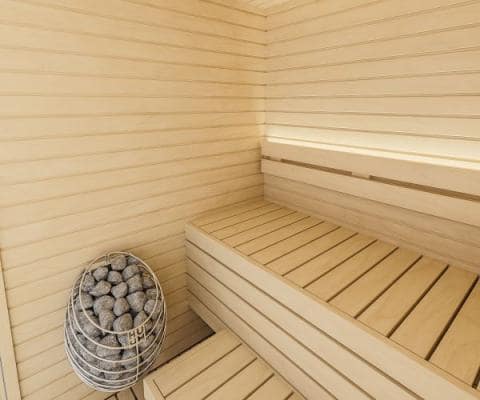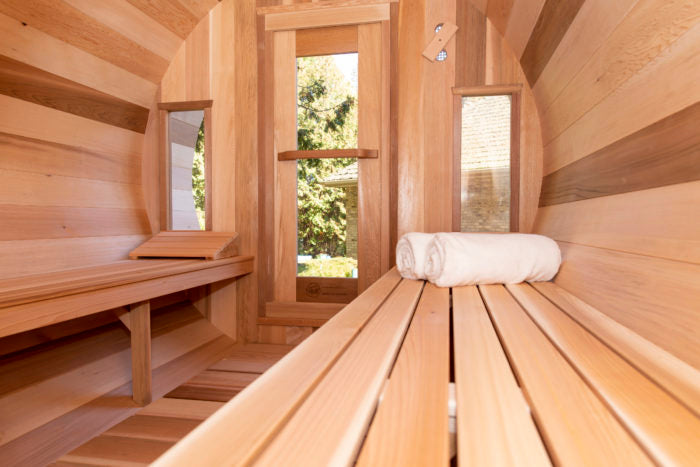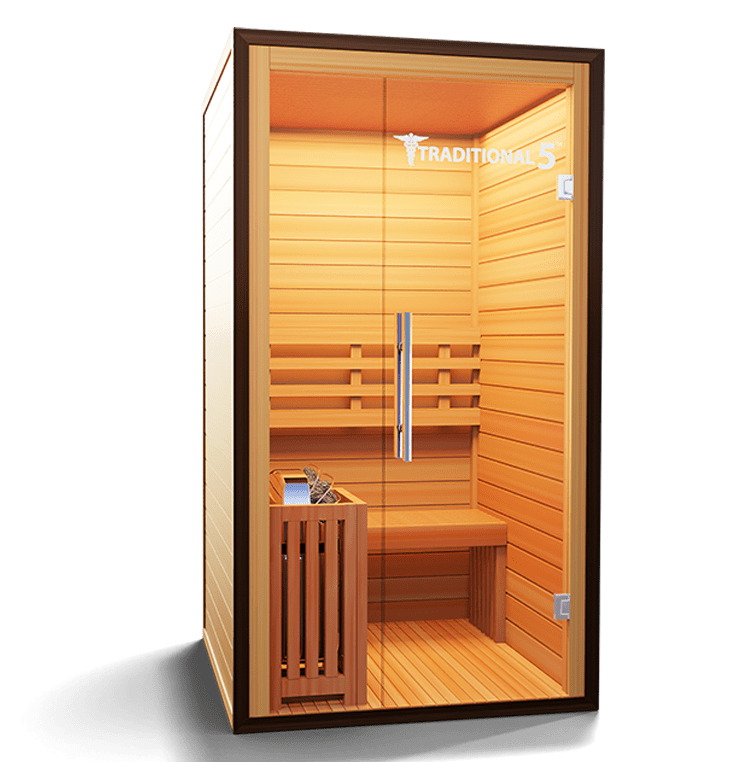See This Report about Traditional Sauna
Table of ContentsMore About Traditional SaunaTraditional Sauna Things To Know Before You BuyTraditional Sauna - TruthsThe Only Guide for Traditional SaunaThe 4-Minute Rule for Traditional Sauna
Most of the weight lost in a sauna is water loss and is re-gained upon rehydrating. Without a doubt sauna can be an important part of a healthy weight loss program. To consider the distinctions between traditional and IR saunas, I will divide these right into proven, theoretical, and fabricated distinctions.Thus, the best point in the saunawhich goes to the ceiling directly above the sauna heateris generally in between 185 and 190 F. Claims that a traditional sauna goes beyond 200 F is merely not real and not appropriate for electrical saunas marketed in the United States. The temperature for a far-infrared sauna is normally established in between 120 and 140 F; nonetheless, unlike the standard sauna, the objective in and IR area is not to achieve a heat.
As a result of this, the temperature difference is almost irrelevant, given that extreme sweating causes both sauna types, yet the technique of warming the body is various. In an IR sauna the bather will feel hot and will sweat a lot, but at a lot lower temperatures (Traditional Sauna). Hence, if the objective is to invest longer durations of time in the sauna, the IR sauna is a great choice
When a typical sauna has actually been properly heated up, the sauna walls are cozy, the air temperature level has achieved set temperature and the rocks are super warmed. As an interesting side note, the warmed walls and the rocks are giving off far-infrared warmth, incorporated with the heated air, to develop an "enveloping heat".
Rumored Buzz on Traditional Sauna

When the heat is achieved, the aspects cycle on and off to maintain the heat. A lot of conventional sauna customers appreciate putting water over the rocks to develop heavy steam to increase sauna moisture levels. The advantages of putting water over the rocks consist of: making the room extra comfortable, moistening the nasal passages, and allowing the usage of aromatherapy by mixing essential oils with the water.

When the power enters the body, it triggers the body temperature to boost and inevitably results in perspiration. In an infrared sauna it's essential for the emitters/heaters to remain on virtually constantly. Because there is no mass of rocks to keep warm, the sauna will certainly cool down if the emitters shut down.
As discussed above, the sauna bather in an infrared area wishes to place himself before running emitters to get maximum gain from the warmth. The heating time for the two areas can be very various, relying on just how the rooms are utilized. For a typical sauna, a bather needs to permit 30-40 mins for the area to accomplish a preferred temperature level and to appropriately pre-heat the rocks.
The Ultimate Guide To Traditional Sauna
A well built sauna will commonly attain a temperature level of 150-160 F in concerning 30-40 mins. For hotter temperature levels, the area may need to warmth for a longer duration. When the space attains established temperature level, the heating system will certainly cycle on and off, commonly running regarding 50% of the moment. The insulated wall surfaces and the heated rocks will certainly maintain the room hot and at steady temperature levels.

Traditional saunas often tend to be bigger (for this reason utilize even more electrical energy) than infrared saunas, although traditional saunas are absolutely readily available in one and 2 person sizes also. For a two-person typical sauna, 5x6 or 5x7 dimension is most prominent. The top bench can conveniently seat 2 or 3 people and is also enough time to lie down throughout the sauna session.
Not known Details About Traditional Sauna
The average cost per kWH of power in the united state is around $0.11, so a 4.5 kW heating unit will certainly set you back approximately $.50 to compete one hour, if the heating unit runs continuously for one hour. Normally a sauna heating system will certainly compete 75% of the very first hour and 50% of subsequent hours on since the components cycle once the established temperature is achieved.

Finally, there is a rarely reviewed distinction in the social experience between both spaces. While our society has lost several of the social benefit of the traditional sauna experience, it can be really socially satisfying (Traditional Sauna). From family members time in the sauna, to heart-felt discussions with better halves, to sauna partiesthe standard sauna experience can lead to intimate socializing
Things about Traditional Sauna
Most greater end infrared rooms consist of tinted light treatment, audio systems and full-glass fronts. The size of the majority of areas enable 2 people to comfortably make use of the area, while some styles may enable a 3rd look at this site or fourth person to use the area. Personalized infrared areas are also offered, with area sizes available as much as 7' x 8' x 7' high.